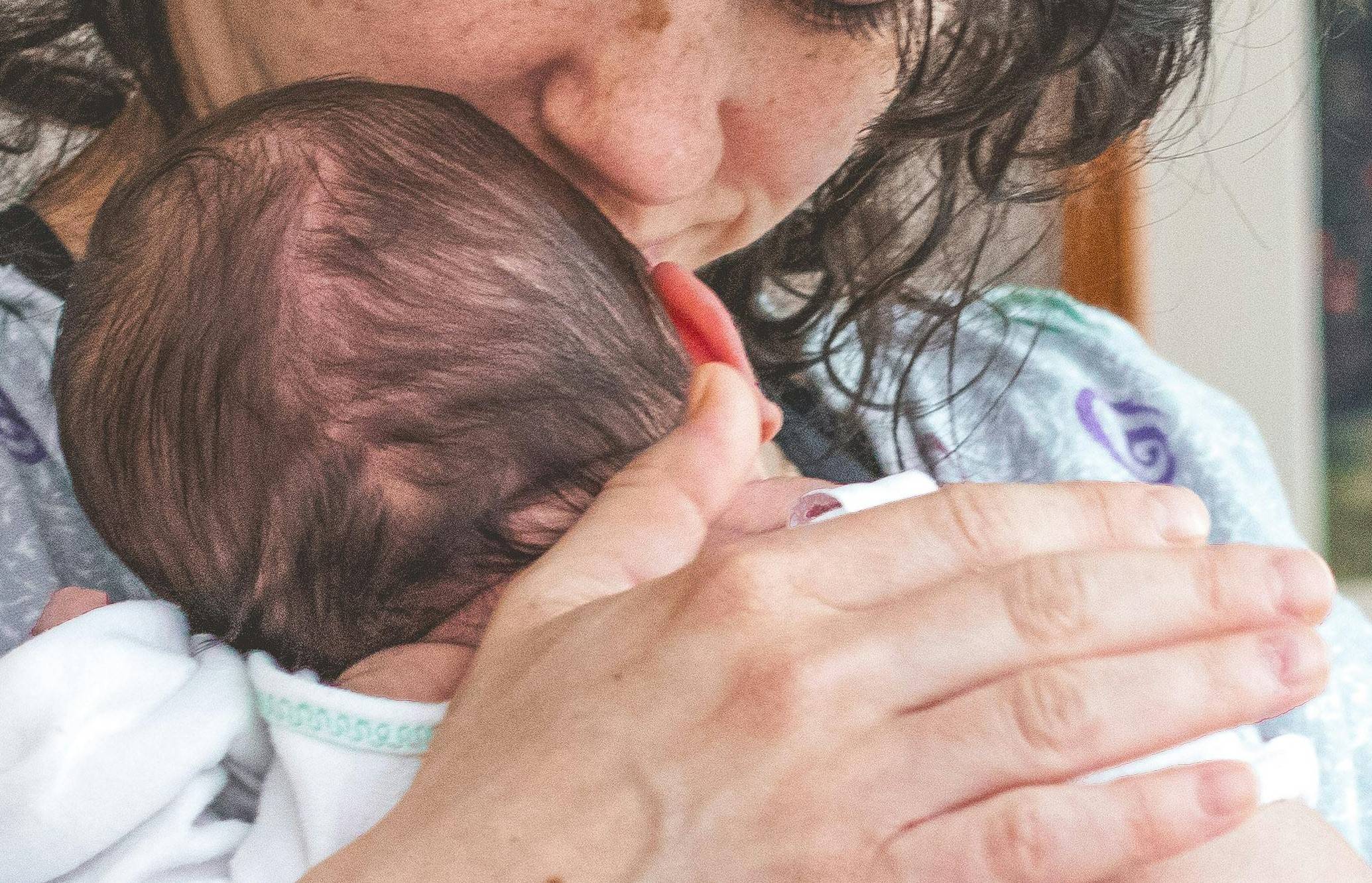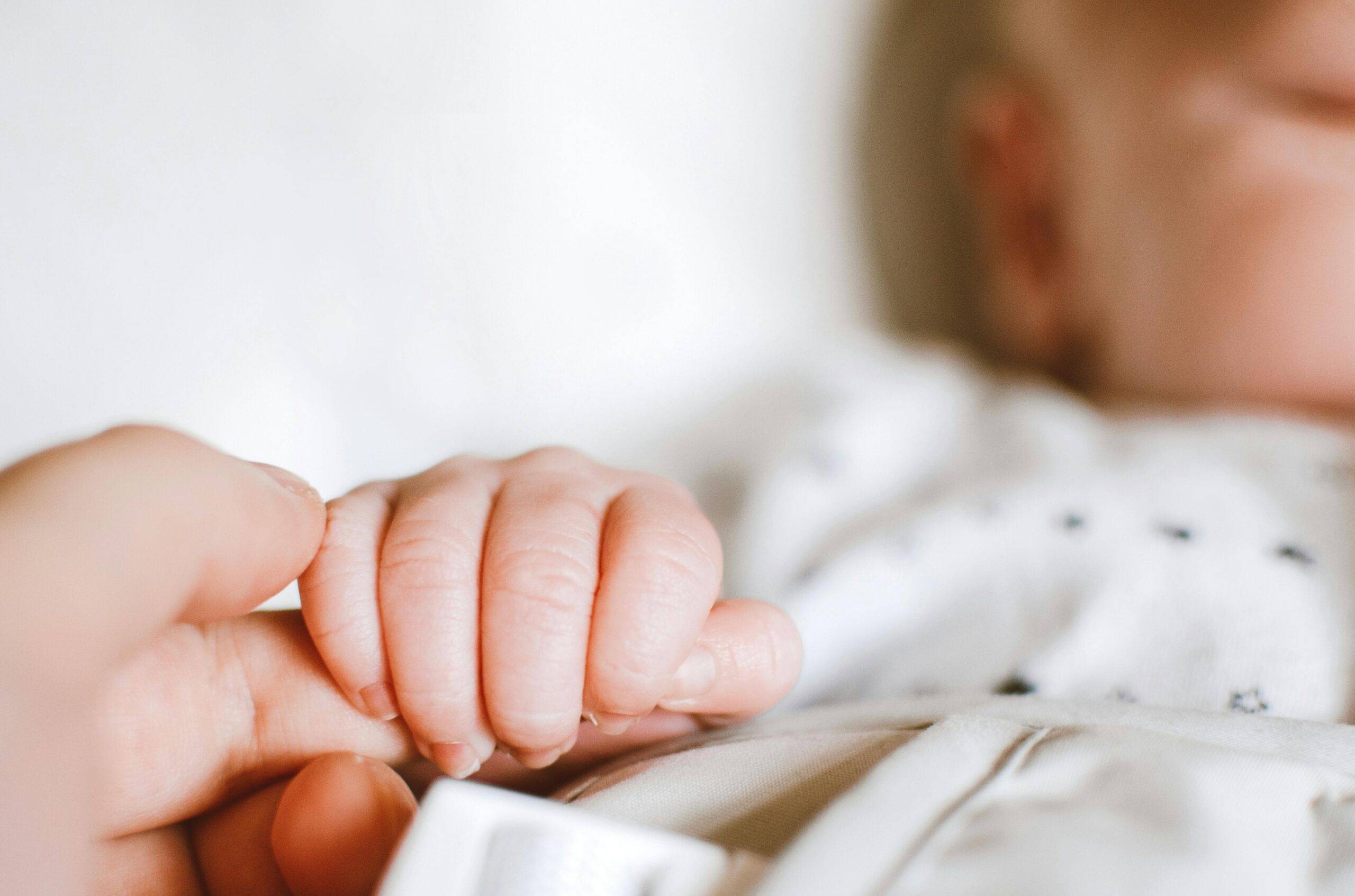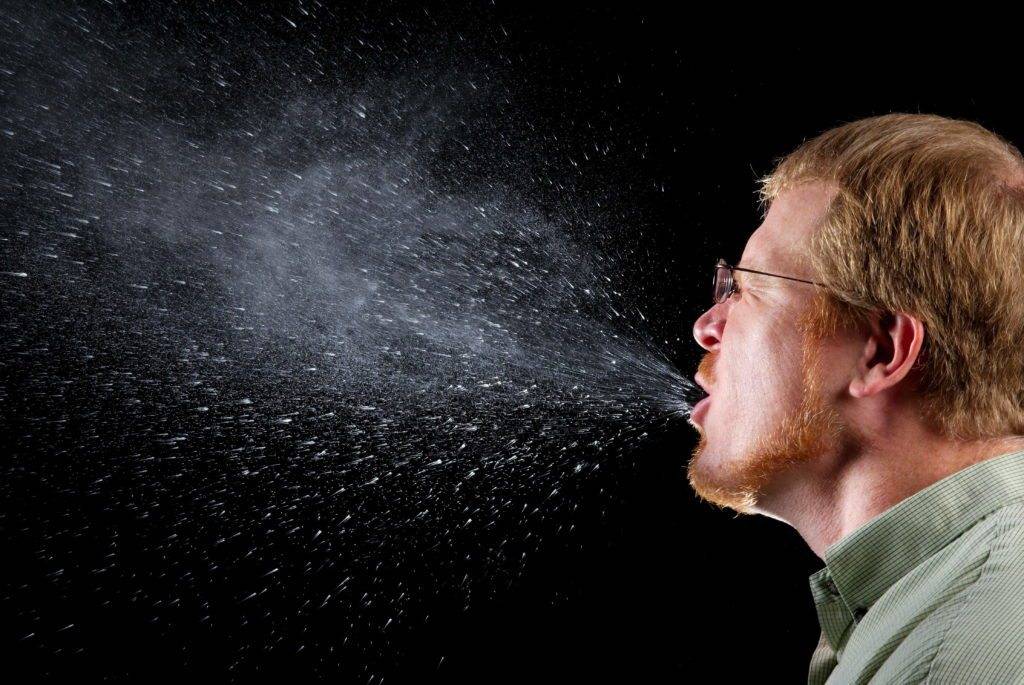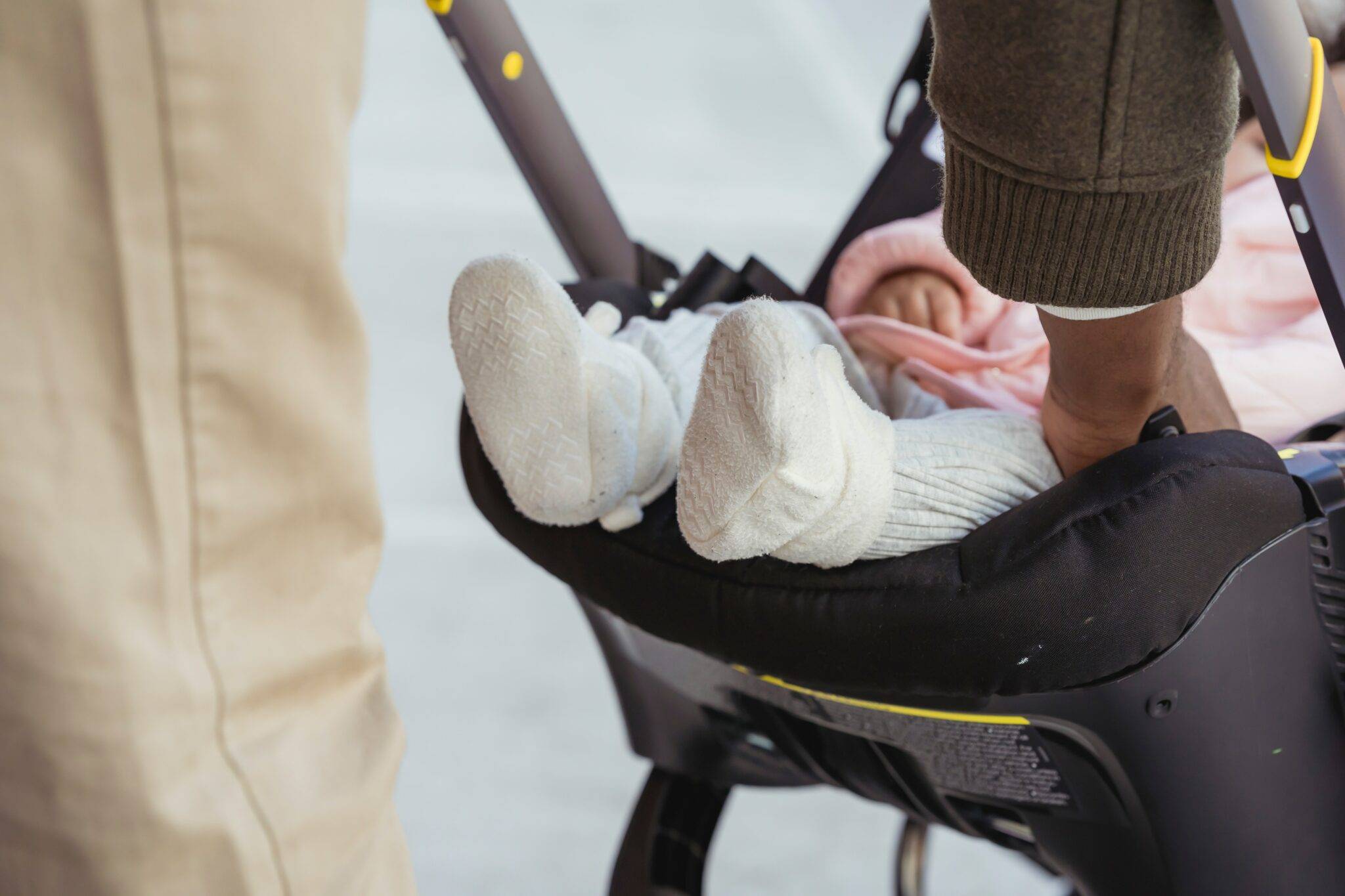Why Baby Temperatures Matter
As a parent, you’ve likely faced the challenge of determining whether your baby’s temperature is normal or a cause for concern. Infants can’t express their feelings, so understanding what their body temperature indicates is crucial. This knowledge is vital, especially since a fever in a newborn can signal a serious issue.

This guide will clearly:
- The normal temperature range for infants
- How to accurately measure your baby’s temperature
- When a fever is a sign to seek medical attention
- Common misconceptions about fevers
How to Take an Infant’s Temperature (Recommended Methods)
Rectal Temperature: The Gold Standard
For infants under 3 years old, rectal temperature measurement is the most accurate. Here’s how to do it safely:
- Use a digital rectal thermometer.
- Apply a small amount of petroleum jelly to the tip.
- Gently insert the thermometer about ½ to 1 inch into the baby’s rectum.
- Hold it in place until it beeps, then read the temperature.
Always clean the thermometer thoroughly after use.
Axillary (Armpit) Temperature: A Convenient Alternative
While less accurate than rectal readings, axillary temperatures can be useful for quick checks:
- Ensure the baby’s armpit is dry.
- Place the thermometer in the armpit, ensuring full contact with the skin.
- Hold the baby’s arm snugly against their body until the thermometer beeps.
Note: If the axillary reading is 99°F (37.2°C) or higher, confirm with a rectal measurement.
Other Methods: Forehead and Ear Thermometer
- Forehead (temporal artery) Thermometers: Suitable for babies over 3 months. For younger infants, use as an initial check, but confirm with a rectal reading.
- Ear (tympanic) Thermometers: Not recommended for infants under 6 months due to small ear canals affecting accuracy.
What is a Normal Temperature Range for Infants?
A baby’s normal body temperature can vary slightly throughout the day. Factors like activity, environment, and time of day can influence readings. Generally, a normal rectal temperature ranges from 97.9°F to 100.2°F (36.6°C to 37.9°C).
It’s beneficial to know your baby’s typical temperature when they’re healthy so you can detect any significant changes.
Defining Fever in Infants
Babies Under 3 Months
For infants younger than 3 months, a rectal temperature of 100.4°F (38°C) or higher is considered a fever and warrants immediate medical attention.
Babies 3 Months and Older
In babies aged 3 months and above, a fever is typically defined as
- Rectal, Forehead, or Ear Temperature: 100.4°F (38°C) or higher
- Armpit Temperature: 99°F (37.2°C) or higher
While fevers in older infants are less alarming than in newborns, monitoring is still essential.
⚠️ Why Fever in Young Infants Is a Big Deal
When it comes to newborns and young babies, even a small fever can be a serious warning sign.
🧬 Immature Immune Systems
Your baby’s immune system is still developing. They can’t fight off infections as well as older children or adults. Even a mild fever in a newborn could be the first sign of something dangerous—and it can get worse quickly if not treated.

🚨 Serious Illnesses Can Start with a Fever
A fever might be your baby’s only symptom in the early stages of:
- Urinary Tract Infections (UTIs)
- Pneumonia
- Meningitis
- Bloodstream infections (sepsis)
These are conditions that require immediate medical attention to prevent complications.
👩⚕️ Don’t Wait—Get Checked
If your baby is under 3 months old and has a rectal temperature of 100.4°F (38°C) or higher, treat it like an emergency.
📞 Call your pediatrician or head to the ER right away.
💡 Early treatment can make all the difference in helping your little one recover quickly and safely.
🚨 What to Do When Your Infant Has a Fever
Knowing how to respond when your baby has a fever can make a stressful moment much easier to manage. What you do depends on your baby’s age, especially if they’re under 3 months old.
👶 For Babies Under 3 Months Old: Act Fast
Newborns and very young infants have delicate immune systems. A fever—even low-grade—could be a red flag for something serious.
✅ Seek Immediate Medical Attention
If your baby’s rectal temperature is 100.4°F (38°C) or higher, don’t wait.
📞 Call your pediatrician or go to the emergency room right away.
This could be a sign of a serious infection that needs quick treatment.
🚫 Do Not Give Fever Medications
Unless your baby’s doctor tells you otherwise, avoid using Tylenol, Motrin, or any fever reducers.
Babies under 3 months should be evaluated first.
👧 For Babies 3 Months and Older: Monitor and Manage
Once your baby is a little older, fevers are usually less scary. But you still want to be careful and comfort your little one.
👀 Monitor Your Baby’s Behavior
Behavior is just as important as body temperature. Ask yourself:
- Are they feeding well?
- Are they playful or alert?
- Are they able to sleep comfortably?
If the answer is “yes” to most of those, the fever may not be dangerous.
🥤 Keep Them Hydrated
Fever can lead to dehydration.
💧 Offer breast milk, formula, or small sips of water (if your baby is over 6 months old) frequently.
👕 Dress for Comfort
Avoid bundling your baby. Choose lightweight clothes and keep the room at a comfortable temperature to prevent overheating.
💊 Use Fever-Reducing Medications When Appropriate
- Acetaminophen (Tylenol) can be given to babies over 3 months.
- Ibuprofen (Motrin, Advil) is safe for babies over 6 months.
📏 Always follow the dosage instructions based on your baby’s weight and consult your pediatrician if unsure.
📞 When to Call the Doctor About Your Baby’s Fever
Fevers can be scary, but knowing when to get help makes all the difference. Not every fever needs a trip to the doctor, but some signs mean it’s time to act quickly.
🚩 Call Your Pediatrician Right Away If:
- 🤒 The fever lasts more than 24 hours in a baby under 2 years old.
Even a low-grade fever that sticks around could signal an underlying infection.
- 🌡️ Your baby’s temperature hits 102.2°F (39°C) or higher.
That’s considered a high fever and should be evaluated, especially if your child is younger than 6 months.
- 😴 Your baby looks or acts very sick.
This includes being unusually sleepy, cranky, floppy, or hard to wake—trust your gut if something feels off.
- 🆘 You see other red flags, like:
- Trouble breathing
- Rash that doesn’t fade when pressed
- Poor feeding or refusing to eat
- Dehydration signs (dry mouth, no tears, fewer wet diapers)
💬 When in Doubt—Call Anyway
You know your baby best. If you’re worried, it’s always okay to call your pediatrician—even if it turns out to be nothing serious. Getting peace of mind is part of good parenting!
🧠 Misconceptions About Fever in Babies (That You Should Stop Believing)
When your little one spikes a fever, panic can set in fast. But much of what parents fear about fevers isn’t actually true. Let’s clear up the confusion so you know what really matters when your baby feels hot.
1. 🚫 “Fever Is Always Dangerous”
This is one of the biggest misconceptions out there.
Reality Check: A fever is not an illness—it’s a symptom and a natural defense. Fevers happen because your baby’s immune system is fighting off an infection. In fact, many pediatricians consider a fever a good sign that your child’s body is doing what it’s supposed to.
Unless it’s extremely high or your baby is under 3 months old, a fever itself is not usually dangerous.
2. 🚫 “The Higher the Fever, the More Serious the Illness”
This one causes a lot of unnecessary worry.
Truth: The number on the thermometer doesn’t always reflect the severity of your baby’s condition.
💡 A harmless cold might cause a high fever (over 102°F), while serious illnesses like meningitis might start with just a slight increase. That’s why pediatricians emphasize watching your baby’s behavior and alertness over just tracking temperature.
3. 🚫 “You Should Always Treat a Fever Right Away”
Reality: Not every fever needs to be treated with medicine. If your baby is alert, feeding, and comfortable, there’s often no need for fever reducers. Medications like acetaminophen (Tylenol) or ibuprofen (Motrin) are useful when fever causes discomfort or pain, not just when the number goes up.
💊 Always talk to your pediatrician before giving medicine—especially for babies under 6 months.
4. 🚫 “Fevers Cause Brain Damage”
Truth: This is one of the scariest myths—but also one of the most misleading.
🌡️ A simple fever from a cold or virus will not cause brain damage. Brain damage from fever only becomes a risk when body temperature hits above 107°F (41.7°C)—a situation that’s extremely rare in otherwise healthy children.
5. 🚫 “You Can Tell How Sick a Baby Is Just by Their Temperature”
Reality: Temperature is just one part of the picture. Some babies may look pretty good even with a 103°F fever. Others may be listless and pale with only a slight rise. What’s most important is your baby’s energy, feeding, alertness, and breathing.
👀 Always watch your baby’s condition—not just the numbers.
Know What’s Normal Temperature and When to Act

Understanding your baby’s normal temperature range—and knowing when a fever signals something more serious—is essential for protecting your little one’s health and giving you peace of mind.
💡 Always use the most accurate method (rectal thermometer for infants), and stay alert for signs that something might be wrong. If you’re ever unsure, trust your instincts and call your pediatrician.
To support your parenting journey, check out these helpful reads from Omega Pediatrics:
✅ 12 Tips for Establishing Healthy Sleep Patterns for Your Baby
✅ Breast Milk vs. Formula: 5 Nutritional Benefits for Your Baby’s Health
👶 When in doubt, reach out. It’s always best to consult with your pediatrician to ensure your baby’s well-being and your peace of mind.



